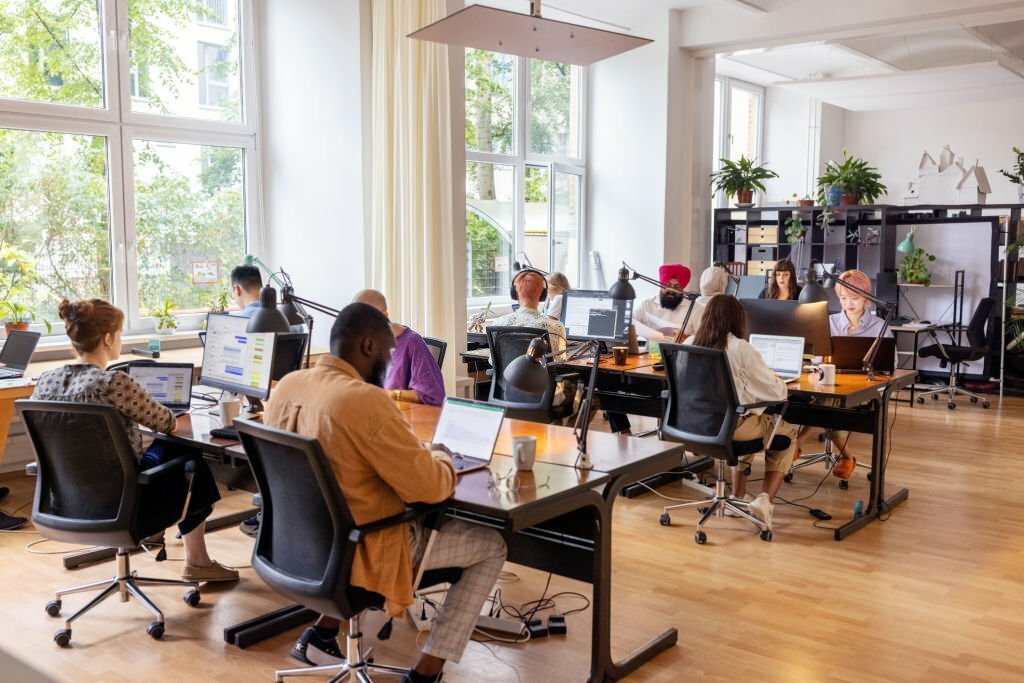Workplace safety is anyone’s responsibility, but much of that is placed upon the employer. If you own a company in a high-risk sector, highlighting workplace safety doesn’t only safeguard your reputation. You have a moral obligation to protect your workers from any type of hazard.
It requires more than just reviewing OSHA policies and wearing hard hats. Workplace safety is a commitment you wouldn’t want to glance over. To create a safer environment, going beyond the bare minimum is essential. Here’s how to get started:
-
Assess your business’s current risk factor
Knowing how likely it is for an employee to get hurt on the job is crucial in finding out what needs to be improved, discarded, or added that will enhance on-site safety. For this, you will need to find out which places are more likely to cause injuries than others. Do an inventory of high-risk facilities so you can come up with a safety plan for each one. It’s also important to identify storage areas for fragile and hazardous items and set up possible escape routes in case of fire or earthquake.
-
Invest in quality equipment
Compliance with local and national safety standards won’t be enough if the equipment you purchased does not meet the bare minimum specifications. When procuring items like hard hats, gloves, harnesses, and other protective gear, make sure that these are manufactured by reliable vendors. Test the equipment first and check if the vendor has had a history of defective product recalls and other red flags.
-
Train and guide your employees
Employees who lack safety training could imperil themselves and their co-workers. Again, it’s everyone’s responsibility to create a safer environment. Highlighting this role during employee orientation and onboarding can help reduce accidents attributed to human error. Then again, safety training shouldn’t be exclusive to new hires. Opt for quarterly seminars and workshops that will help employees stay on the right track.
-
Keep your establishment clean
Spills and debris that aren’t cleaned up right away are a major source of slip and fall accidents that may affect not just employees but also visitors. Maintain a “clean as you go” policy. Other than that, you can also schedule regular deep cleaning in facilities and areas that are prone to chemical spills.
-
Maintain all your machinery
Mechanical assets deteriorate over time and through frequent use and they could malfunction while your employees are operating them. Ensuring that these assets are kept in good working order not only lengthens their lifespan but also prevents costly injuries that will impact your reputation and the bottom line.
-
Invest in mitigating measures
Workplace safety doesn’t end with an audit. It should also include investments in setting up mitigating measures. Handrails along elevated platforms can provide an extra layer of protection to employees. Ergonomic furniture can also help prevent injuries resulting from extended sitting periods. It costs money, but it’s an investment that will save you from more complicated legal problems.
Endnote
Workplace injuries can still happen no matter how carefully your employees conduct themselves on-site. However, applying the most basic approaches to improving safety can make a major difference.

